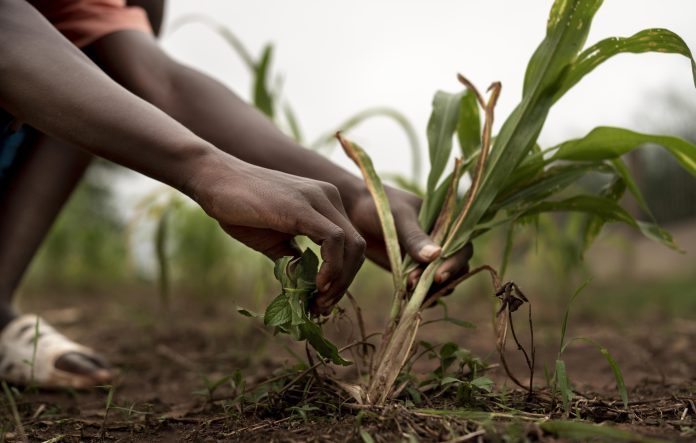A major study released this week at the 2025 United Nations Climate Change Conference (COP30) in Belém, Brazil, found that developing nations, particularly in Africa, are urgently prioritizing climate adaptation for their crucial agri-food systems but are consistently hamstrung by a massive financing gap and insufficient technical capacity.
The landmark report, titled Agrifood Systems in National Adaptation Plans, conducted by the Food and Agriculture Organization of the United Nations (FAO) and the United Nations Development Programme (UNDP), analyzed the National Adaptation Plans (NAPs) of 64 developing countries, revealing that while agri-food systems account for over half, an estimated 54 percent, of total adaptation finance needed, they currently receive only 20 percent of global adaptation funding.
This leaves African nations facing a colossal financial deficit, estimated to be more than $41 billion annually continent-wide in adaptation funding alone, with the agri-food sector bearing the brunt of the shortfall.
Read also: G20 Social Summit kicks off: Africa demands new global deal on debt and climate equity
The findings articulate a profound paradox at the heart of Africa’s climate vulnerability: the one sector most essential to survival and stability is the least protected financially. For the African continent, where the agri-food sector generates a significant portion of GDP, for example, contributing roughly 23% to 35% of GDP in East African countries like Kenya, Ethiopia, and Uganda, and employs a vast majority of the population, the climate threat is not a future projection, but a present crisis.
The report confirms that nearly all developing countries, 97 percent of those reviewed, have reported climate-related impacts across their food systems, from crops and livestock to fisheries and the value chains connecting them to the market.
Across the Sahel, rising temperatures and erratic rainfall are reducing maize yields and shortening growing seasons, forcing millions of smallholder farmers to confront systemic failure. Despite this overwhelming evidence of impact, the analysis points to a fundamental flaw in the planning-to-action pipeline: only a meager 16 percent of the adaptation measures planned in these national documents directly address the reported climate impacts, and a mere 14 percent specifically target the needs of vulnerable groups.
This disconnect means that even where policies exist on paper, say, in Uganda’s NAP for agriculture, which the FAO-UNDP SCALA initiative has been helping to implement using advanced climate models, the action often fails to reach the most susceptible populations, including women farmers who form the backbone of agricultural labor but frequently lack access to crucial resources like financing, technology, and land tenure.
The finance gap becomes a chasm when viewed through an African lens. Estimates show the continent requires approximately $52.7 billion annually for adaptation across all sectors through 2030, yet only about $11.4 billion in adaptation finance was tracked on average annually in 2019 and 2020. Agri-food systems must fight for a share of this restricted flow, struggling against the high-risk perception of agricultural investments.
Furthermore, the limited technical capacity, cited as a barrier by nearly half of the countries, means that nations struggle to translate ambitious plans into “bankable” projects capable of attracting private sector investment. Without robust, evidence-based planning, including comprehensive climate risk and vulnerability assessments that only one-third of NAPs currently use, projects remain abstract concepts, not investment opportunities.
Read also: New CGIAR research sets out a regenerative and low-carbon food system blueprint at COP30
This failure to adequately fund adaptation is directly linked to the mounting crisis of Loss and Damage. The report highlights that nearly half of all NAPs report experiencing losses and damage in their agri-food systems, a frequency higher than any other sector. This points to the fact that current adaptation efforts are simply reaching their inherent limits. When a major drought in the Horn of Africa decimates livestock herds or floods in West Africa wipe out harvests, this is no longer a matter of adaptation failure, but unmitigated loss.
The long-term implications for Africa’s development are stark: climate-related losses in productivity contribute to economic slowdown, directly undermining the continent’s ability to meet the Sustainable Development Goals (SDGs), particularly the goal of Zero Hunger.
The coordinated effort seen in the joint FAO and UNDP SCALA initiative, which supports countries like Egypt, Uganda, and Ethiopia to strengthen their national planning and monitoring frameworks, represents a necessary technical intervention. However, no amount of technical assistance can substitute for the sheer scale of finance required to protect the livelihoods of millions of smallholders from the escalating climate emergency.
Engage with us on LinkedIn: Africa Sustainability Matters





